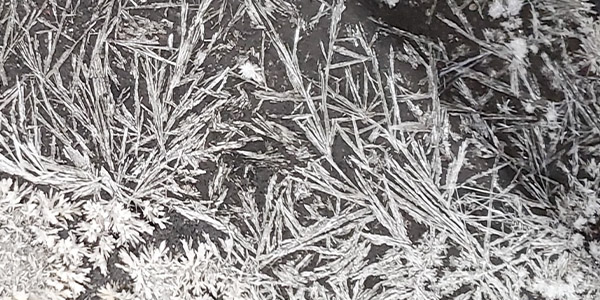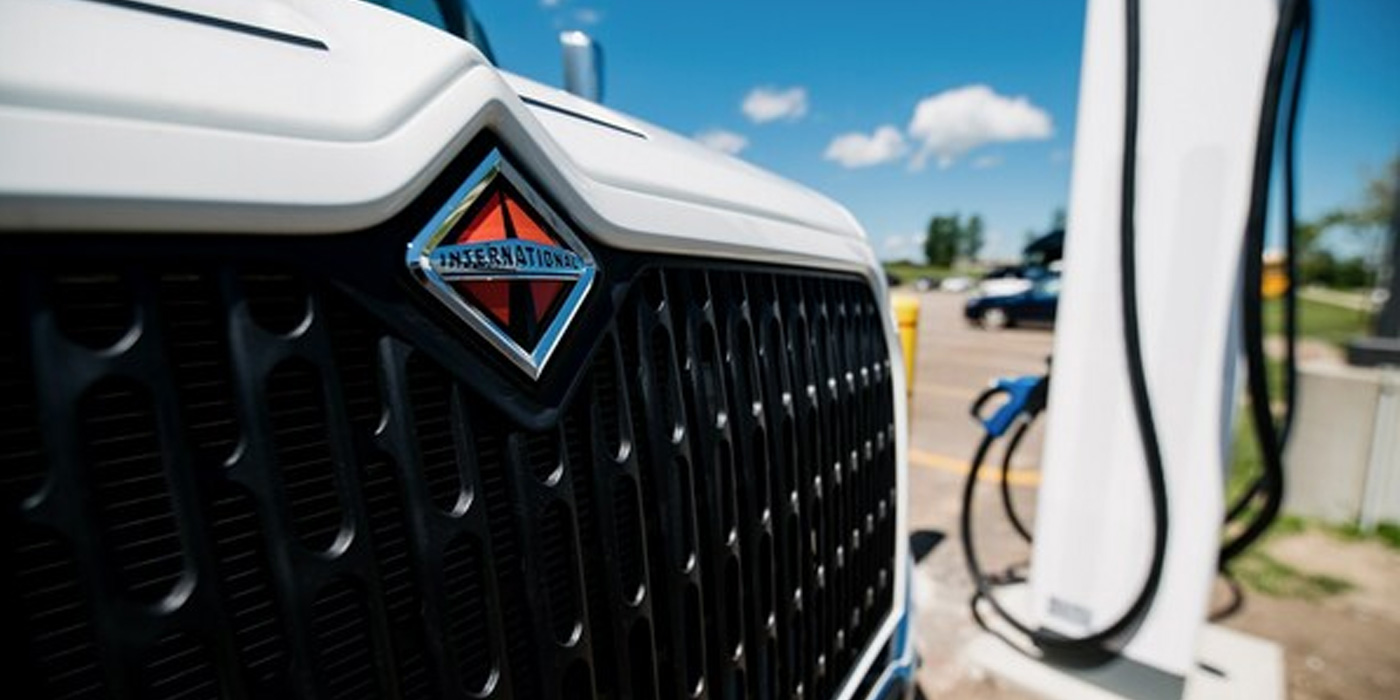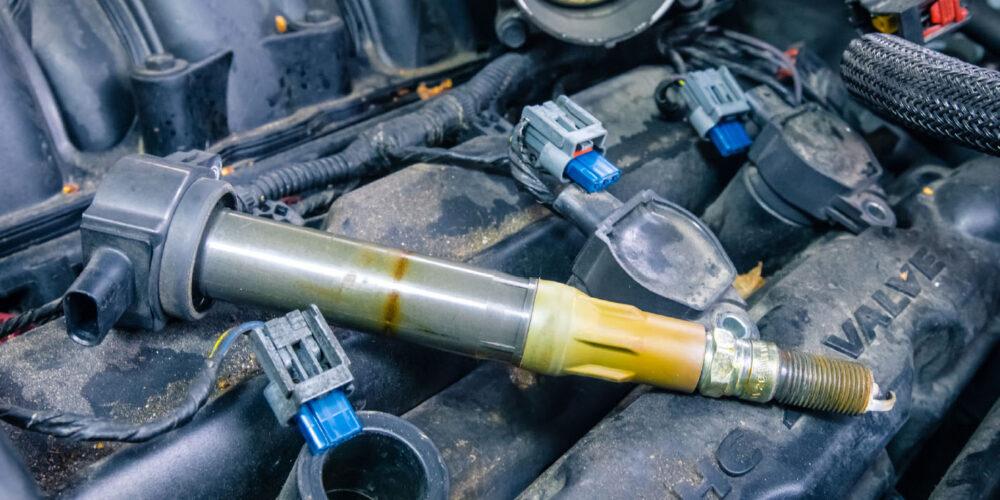Some 2003-2006 Ford Expedition or Lincoln Navigator vehicles may exhibit excessive pedal travel and/or low brake pedal effort due to the mechanical or electronic brake assist being activated.
Action:
Review the brake assist characteristics and follow the service procedure if required.
Brake Assist Characteristics:
The booster gain will be increased during panic braking, which increases brake pressure and reduces pedal forces. The brakes will go to maximum pressure and the tires will chirp, sounding as if the tires are locking up (normal anti-lock brake control should be present). The pedal efforts will drop dramatically since the booster is providing maximum boost, which allows the pedal to travel with little effort; this is normal. It feels as if the pedal travels excessively, but the system is generating maximum brake pressure when this occurs; again, this is normal.
When statically applying the brake pedal very hard, you may hear or feel (in the pedal) a slight click. This is the brake assist feature engaging inside the booster. The system will remain active as long as the brake pedal is depressed.
Note: Mechanical brake assist boosters are used on vehicles not equipped with ride stability control.
Vehicles equipped with ride stability control receive an electronic active booster, which provides the brake assist feature by activating an electronic solenoid inside the booster. The active booster will provide similar pedal feedback when the feature is engaged, but the subtle clicks will not be present.
Service Procedure:
To service, first advise the customer that the feature is there to help assist during panic braking.
If the customer did not experience a panic braking situation, then the brake assist may have been unintended, on a mechanical brake assist system. Check for conditions that would lower the brake pedal height and activate the brake assist.
1. Check for air in the brake lines, repair any leaks and bleed the brake lines as necessary. Refer to the Workshop Manual, Section 206-00 General Procedures.
2. Inspect the brake linings for excessive wear, which can increase the pedal travel and engage the mechanical brake assist. Refer to the Workshop Manual, Section 206-00 Diagnosis and Testing.
3. Check the vacuum line between the booster and the manifold for obstructions or kinks. Repair as necessary.
For additional information, visit www.mitchell1.com.
Technical service bulletin courtesy of Mitchell 1.














